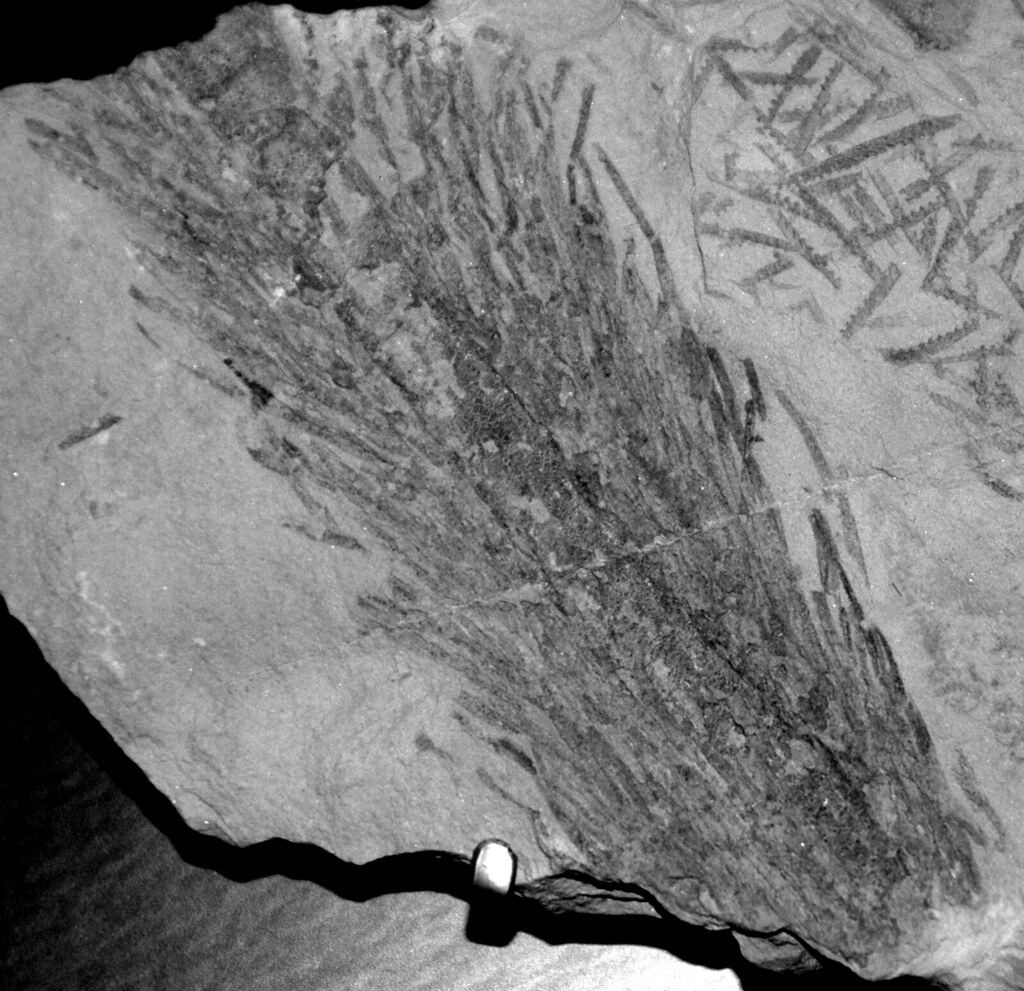
The landscapes of modern Australia betray a calm geological demeanor, but this has not always been the case. Within the antipodean continent lies a tale of ancient eruptions and buried botanical wonders, akin to a botanical Pompeii, that has recently come to light through remarkable fossil discoveries.

New insights have surfaced thanks to the meticulous study of exceptionally well-preserved plant fossils, buried millions of years ago by volcanic activity, offering a glimpse into the lush prehistoric life that once thrived across eastern Australia.

Scientists have unearthed a treasure trove of plant fossils within silcrete formations—sites of ancient interest now proving to be goldmines for paleobotanists.
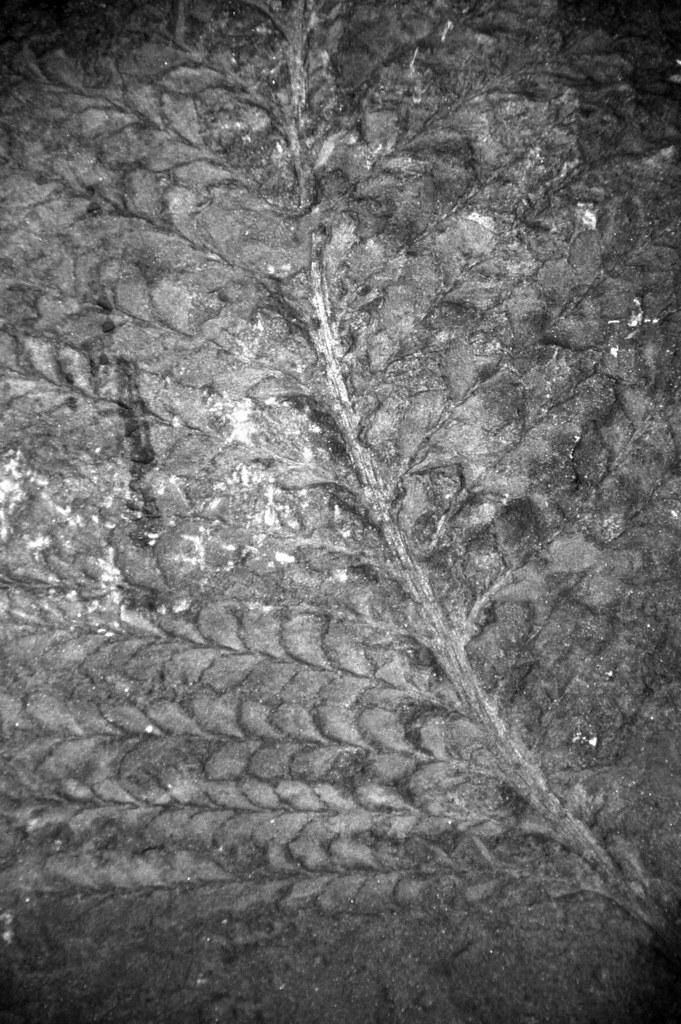
The three-dimensional preservation of these fossils is exceptional; they are not the typical flattened impressions, but rather, they maintain their original structure.
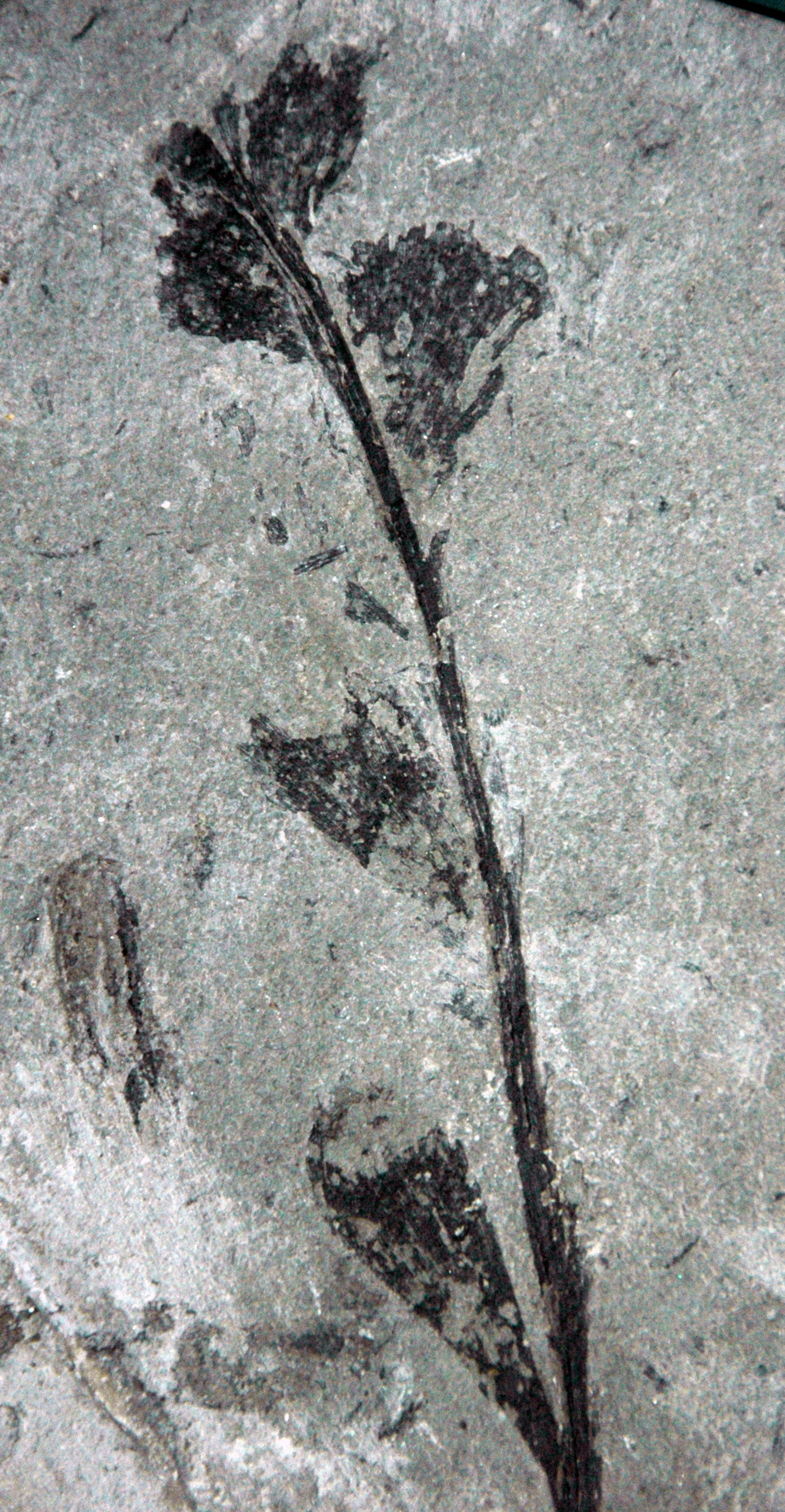
This is attributed to their quick burial under volcanic materials, which has preserved them in near-perfect condition, as Andrew Rosefelds, a contributing scientist to the study, emphasized when speaking to a news outlet.
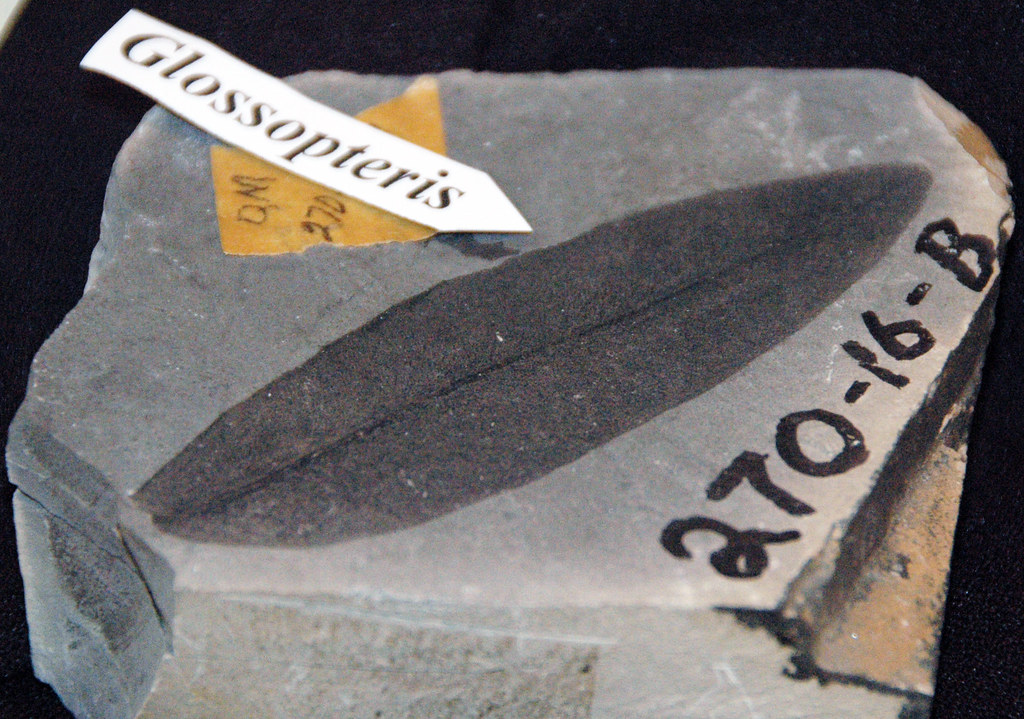
The exceptional preservation has allowed experts to draw comparisons with modern plants to determine evolutionary lineages. The silcretes, rich in silica sourced from volcanic rocks and groundwaters, have enabled a process called silicification or permineralisation, which can occur rather quickly under the right conditions.
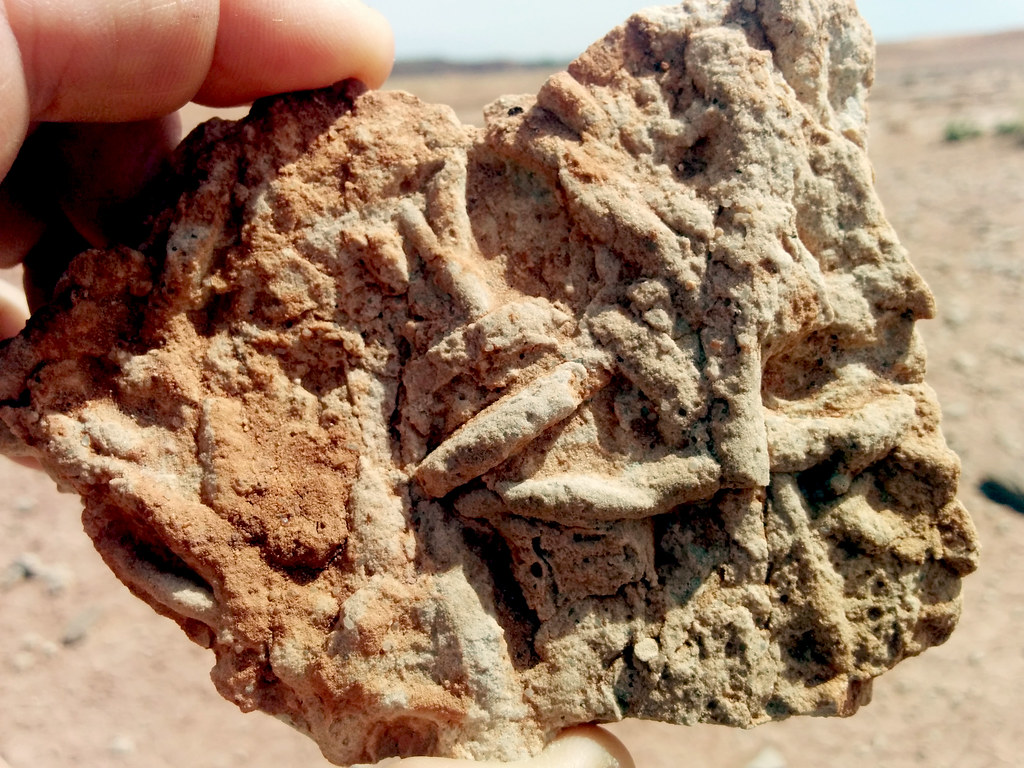
This process ensures that even the minutest of plant tissues, such as fine roots and delicate bark, as well as the surrounding soil and leaf litter, are captured in a moment of botanical history.

What makes these findings particularly invaluable is the certainty that these plants were in situ, actively growing at the moment of their abrupt burial.
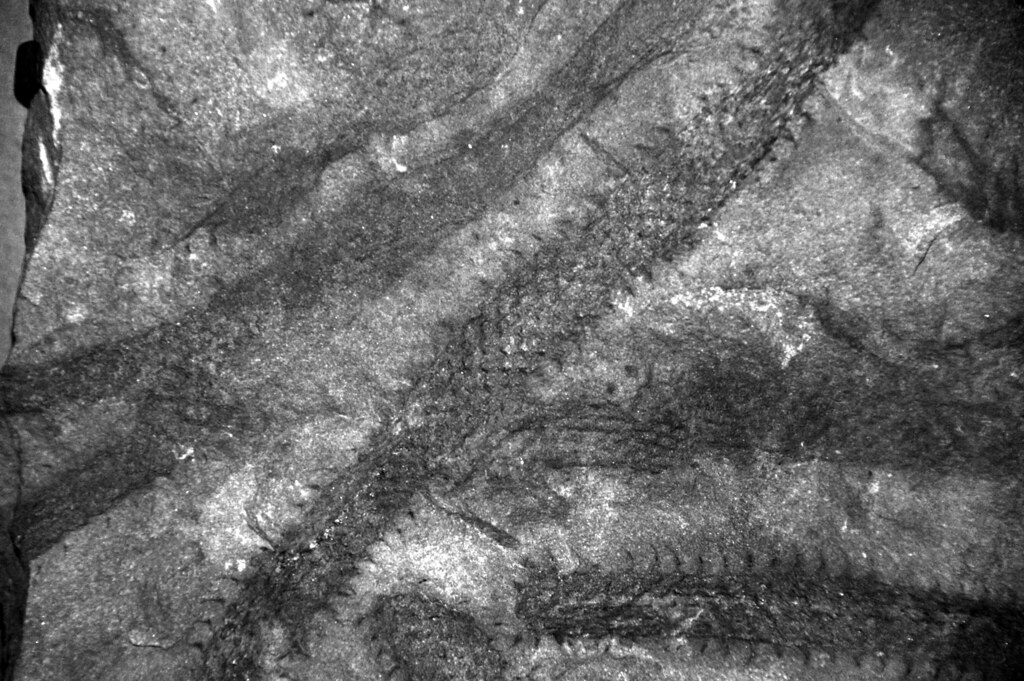
This is a stark contrast to other fossil sites, where plant remains may have been transported by water or wind, making it challenging to reconstruct original plant communities.
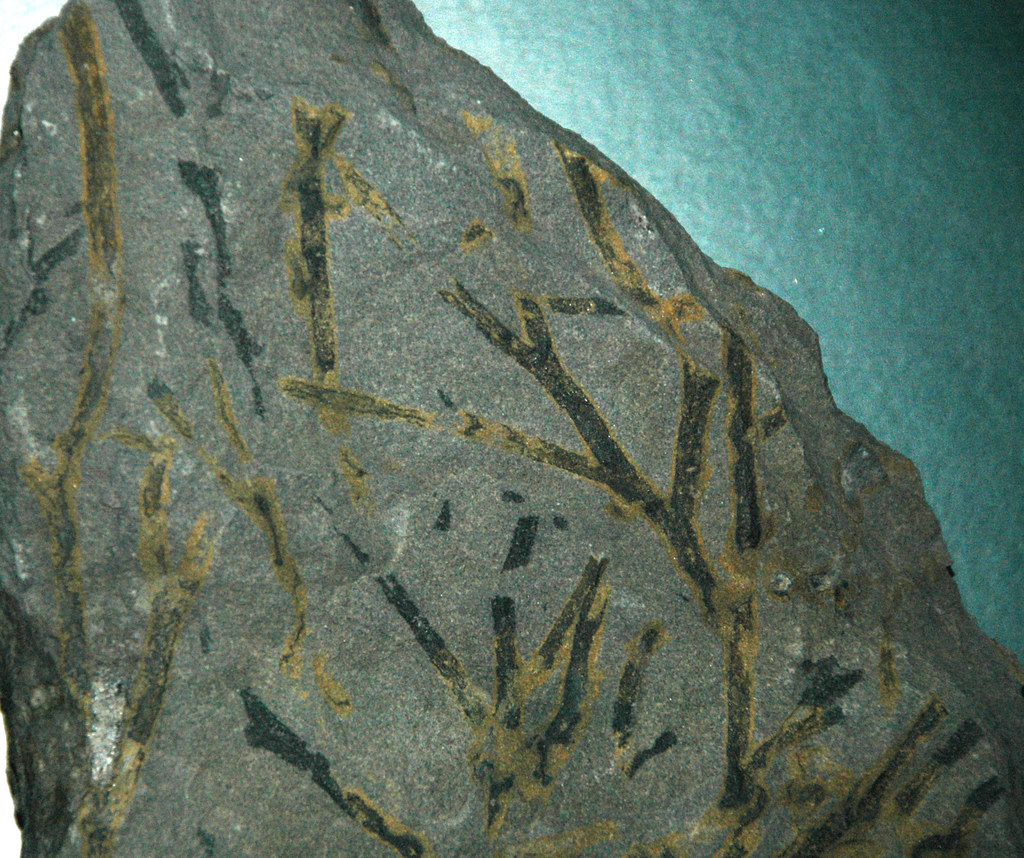
The in-depth study of these fossils provides a detailed snapshot of the local vegetation as it existed millions of years ago, right down to the season, with seed and fruit preservation suggesting a summer or early autumn timeframe for some of the volcanic eruptions.

The discovery of the fossils offers a window into the dynamics of prehistoric plant communities and how volcanic activity has shaped them. Volcanic eruptions do not just destroy—they create new substrates for life to colonize.

Some of the unearthed fossils include ferns, which are often pioneer plants on fresh volcanic terrain, as seen in historical accounts such as the eruption of Krakatoa. The diversity of seeds and fruits found also indicates that established forests were once entombed by these natural cataclysms.
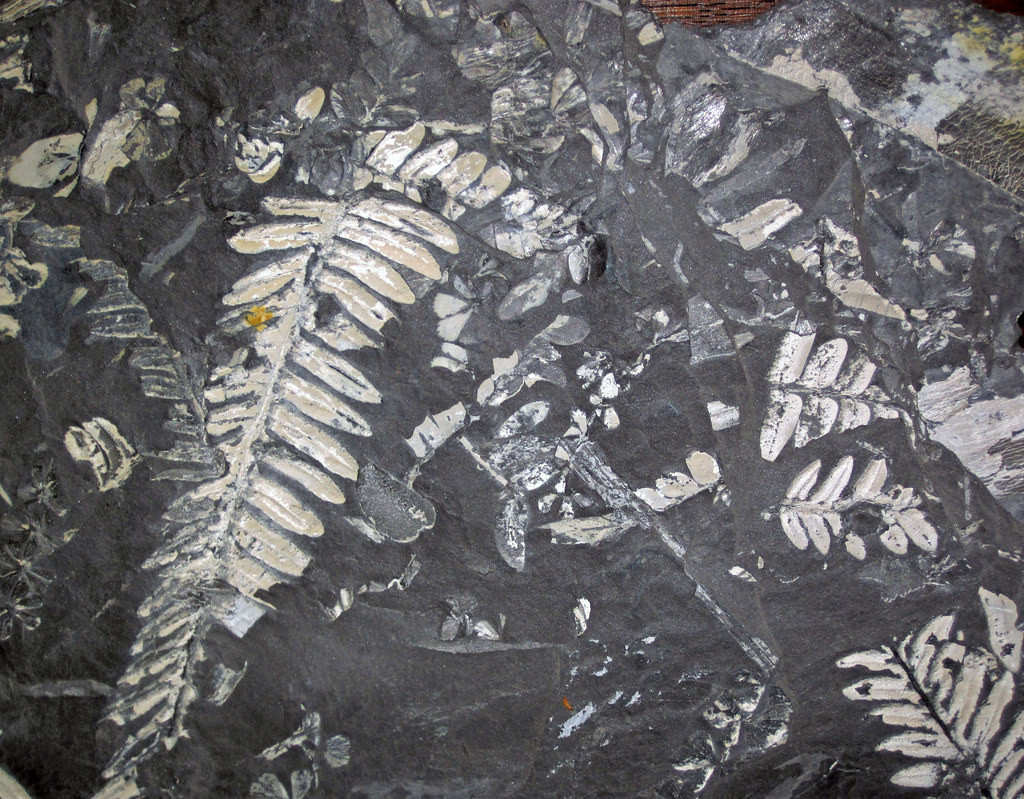
While scientists have long considered climate and environmental change, driven by Australia’s northward continental drift, as the primary factors influencing the evolution of its unique flora and fauna, the role of widespread volcanic activity in eastern Australia during the Cenozoic era has been less explored. These discoveries, therefore, provide a fresh perspective on the environmental forces that have shaped the evolution of the modern Australian landscape.
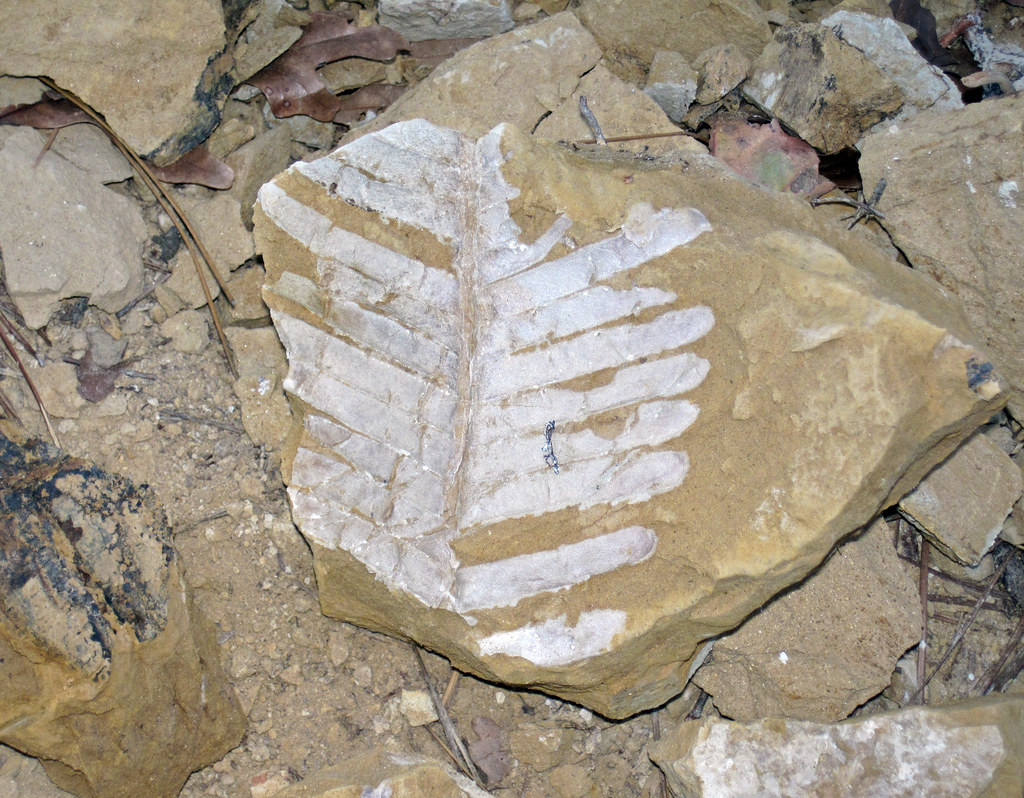
In essence, the examination of these fossils is not merely an academic exercise but a revelation of a past world, one that could provide clues to understanding not only the history of Australia’s ecosystems but also the broader narrative of life on Earth.

They serve as a reminder of the dynamic planet we inhabit, and how even in destruction, nature has a way of preserving the beauty of life for posterity. These findings are a testament to the intricate relationship between geological upheavals and the evolving tapestry of life, preserved in stone for millions of years.
Relevant articles:
– Fossils with plants 30 million years old have been found in Australia, nauka.gov.ua
– A botanical Pompeii: we found spectacular Australian plant fossils from 30 million years ago, The Conversation
– Stromatolites and other early life, dmp.wa.gov.au

